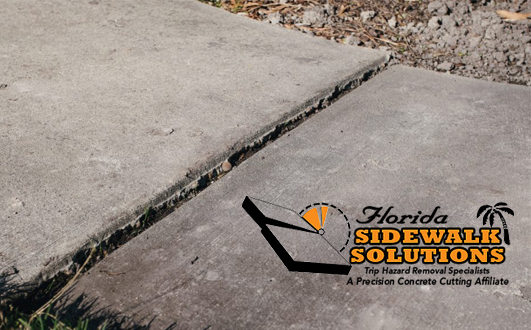
Understanding the Impact of Cracked Sidewalks: A Common Issue
Cracks in sidewalks are not only unsightly but can also pose safety hazards. Over time, weather conditions, soil movement, and heavy foot traffic contribute to the development of cracks. Understanding the causes and consequences of cracked sidewalks is the first step in addressing this common issue.
Assessing the Severity of Cracks: Identifying Repair Needs
Before diving into sidewalk repairs, assess the severity of the cracks. Hairline cracks may only require minor fixes, while larger or deeper cracks may indicate underlying issues. Conduct a thorough inspection, considering factors such as crack width, depth, and the presence of displacement. This assessment guides you in determining the appropriate repair approach.
Gathering the Necessary Tools and Materials: Preparation is Key
For effective sidewalk repairs, gather the necessary tools and materials. Depending on the crack size, you may need a chisel, a wire brush, a concrete patching compound, and a trowel. Safety gear, including gloves and safety glasses, is also essential. Having everything on hand ensures a smooth and efficient repair process.
Cleaning and Preparing the Crack: Clearing the Path for Repair
Begin the repair process by cleaning the crack thoroughly. Use a wire brush or chisel to remove any loose debris, dirt, or vegetation. A clean surface ensures better adhesion for the patching compound. Sweep away the remnants and rinse the crack with water to provide a fresh canvas for the repair.
Applying the Concrete Patch: Filling in the Gaps
Once the crack is clean and dry, apply the concrete patching compound. Use a trowel to push the compound into the crack, ensuring it fills the entire space. Smooth the surface with the trowel, leveling it with the surrounding sidewalk. Follow the manufacturer’s instructions for drying and curing times, allowing the patch to set properly.
Blending the Repair with the Existing Sidewalk: Aesthetic Considerations
Aesthetic appeal is crucial when fixing a cracked sidewalk. Aim to blend the repair seamlessly with the existing sidewalk. Pay attention to the texture and finish of the surrounding concrete, mimicking it as closely as possible. This attention to detail ensures that the repaired area doesn’t stand out and maintains the overall visual harmony of the sidewalk.
Preventing Future Cracks: Proactive Maintenance Tips
While repairing existing cracks is essential, taking steps to prevent future cracks is equally important. Implement proactive maintenance, such as regular cleaning, sealing, and addressing minor issues promptly. Proper drainage and soil stabilization can also contribute to preventing cracks from reoccurring in the future.
Considering Professional Help: Complex Repairs and Expertise
For more complex sidewalk issues or larger-scale repairs, consider seeking professional help. A certified contractor can assess the condition of the sidewalk, identify underlying problems, and implement effective solutions. Professional expertise ensures a thorough and long-lasting repair, especially in cases where the damage is extensive.
Safety First: Ensuring a Secure Sidewalk Environment
Throughout the repair process, prioritize safety. Clearly mark the repair area to alert pedestrians and create a safe working environment. Follow safety guidelines when using tools and materials, and wear appropriate protective gear. Ensuring a secure sidewalk environment during repairs is essential for both the workers and pedestrians.
DesigningTemptation for Home Improvement Inspiration
For more tips on how to fix a cracked sidewalk, explore DesigningTemptation.com. Discover a wealth of home improvement ideas, DIY projects, and expert advice to elevate your living spaces. DesigningTemptation is your go-to resource for creating a home that is not only aesthetically pleasing but also safe and well-maintained.
